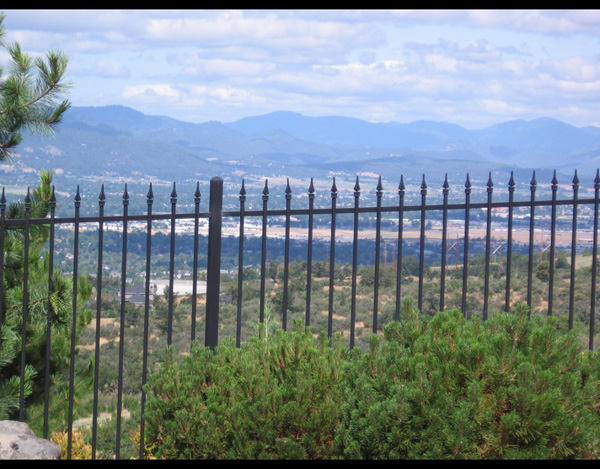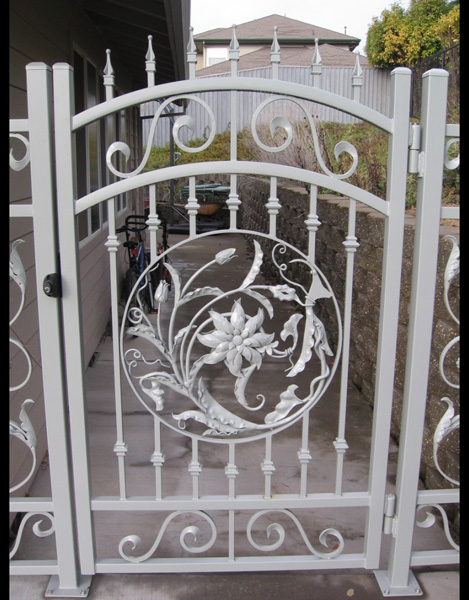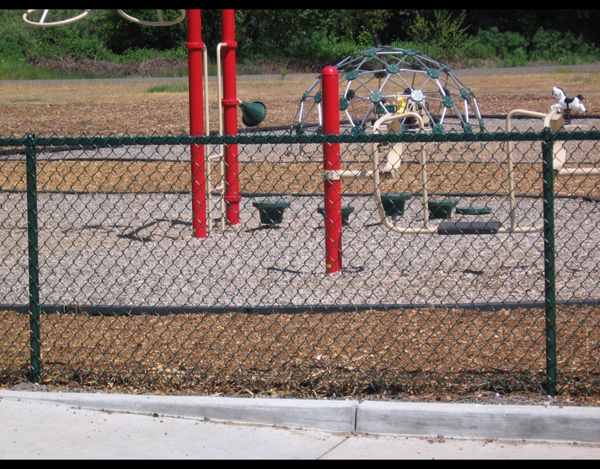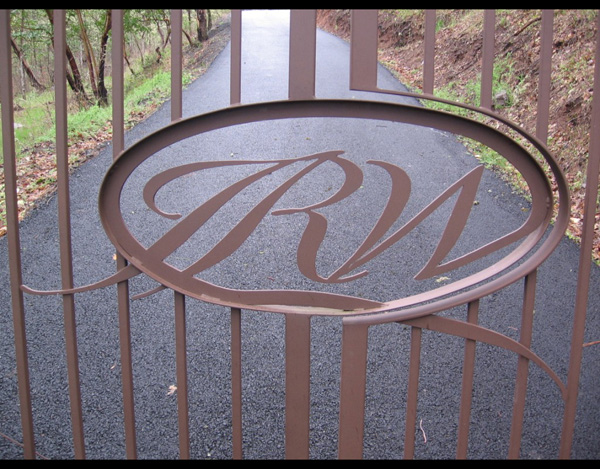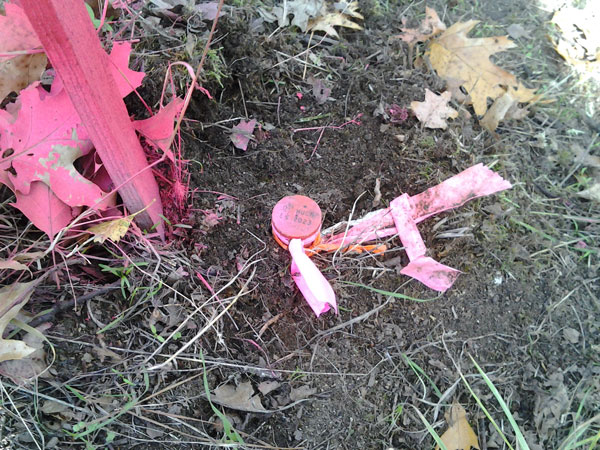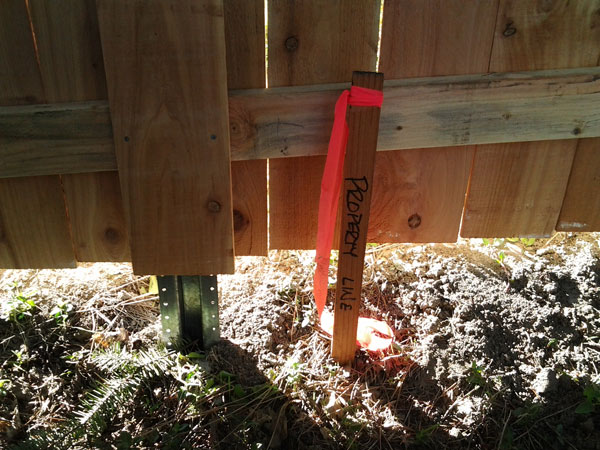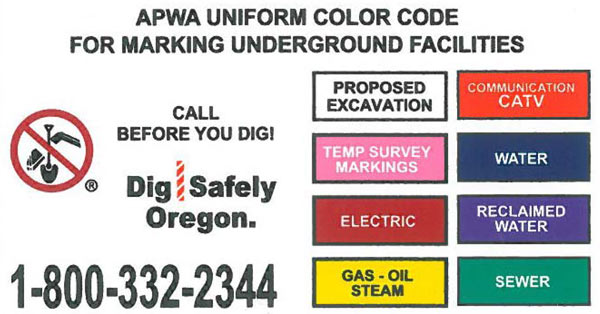You put in our fence last year; we thought you might like to look at how it holds up to unusual stresses. This bear was very agile and took a half hour to help himself to the plum tree, moving around till he ate all he could reach.
– Regards Alla, Ashland
The Bear Test
New Auto Gate
Thank you for your help with our new Auto Gate
– Jessie, Grants Pass
Beautiful Job
Thanks for a beautiful job. We are very happy
– John & Cheryle, Medford
Powder Coating
Powder coating provides a more durable finish than liquid paints can offer, while still providing an attractive finish.
Powder coated products are more resistant to diminished coating quality as a result of impact, moisture, chemicals, ultraviolet light, and other extreme weather conditions. In turn, this reduces the risk of scratches, chipping, abrasions, corrosion, fading, and other wear issues.
Powder coating allows our customers another choice for long term effectiveness. Powder coatings are available in an almost limitless range of colors and textures, environmentally friendly, cost effective, and tough under the elements.
Property Lines
A question that always comes up is how to find the property lines. If you are in a new subdivision, the pins should be relatively easy to find. Check your plot map of your property and it should show where pins were placed. The pins are 5/8” rebar pounded in the ground 2’. The top is covered with normally a yellow or orange cap. On the cap is the surveyor name and the license number of the person who set the pin. If you can only find one pin, measure to approximate locations and grab a shovel. Sometimes a metal detector helps.
If you are in an older area and you can’t find the property pins, there are two ways to determine location. If there is already a fence there, that’s the property line. After 10 years, the fence line becomes the property line. If not, then you can call a surveyor, they’ll figure a price, and then you can decide if it’s worth the cost. The surveyor can install a steel pin or a wood stake.
As far as the fence, our standard is to run a string line on the property line and hold in 6”. That way there is no question whose side it’s on. Also, since we set our posts in concrete, if the edge of the post is in 6” from the line, then the diameter of the concrete is safely on your side. Even if the fence is to be shared, a good rule of thumb is to hold it to one side or the other.

